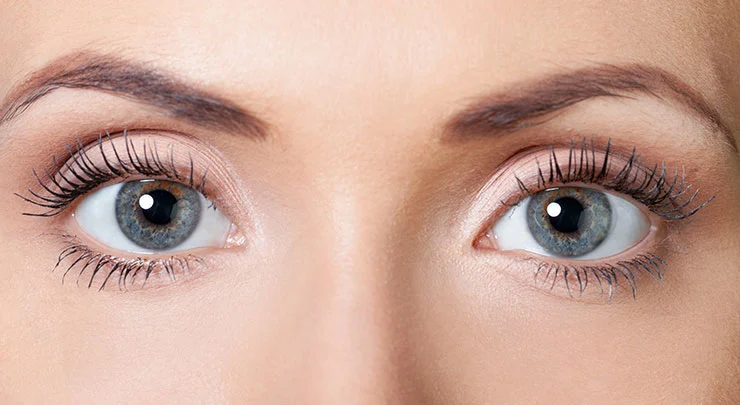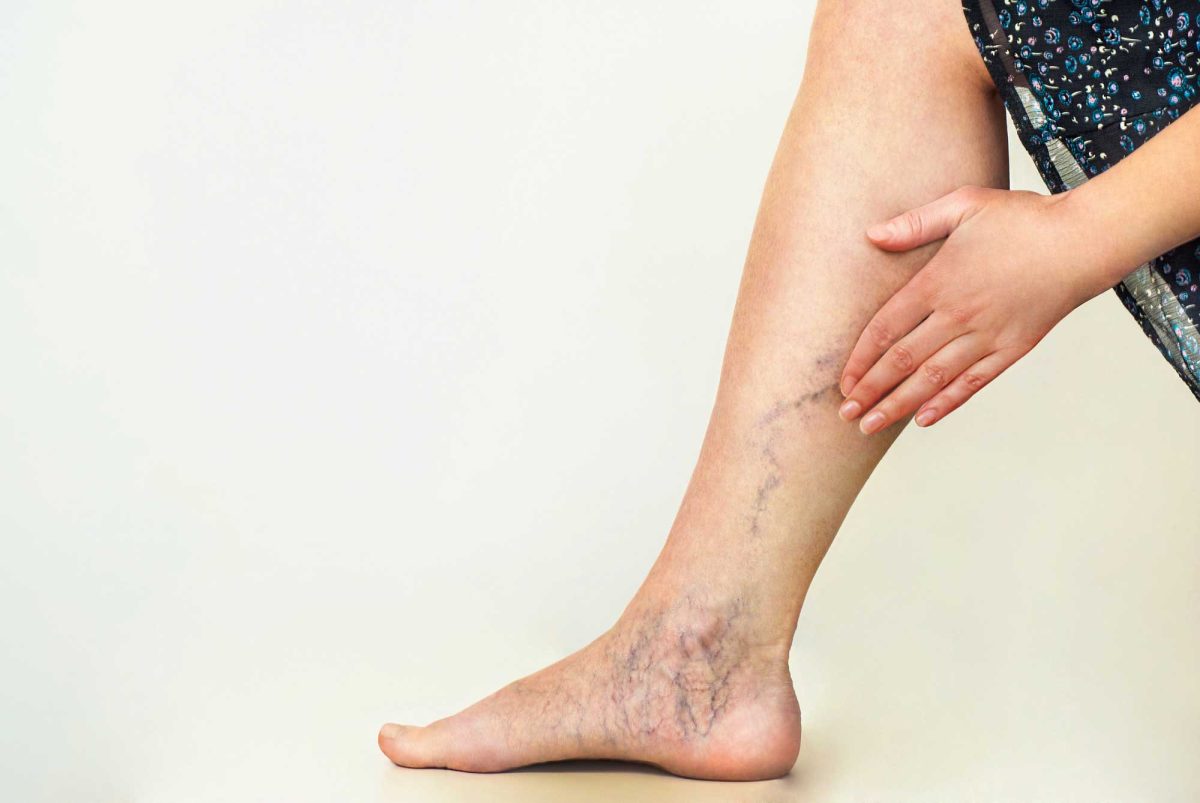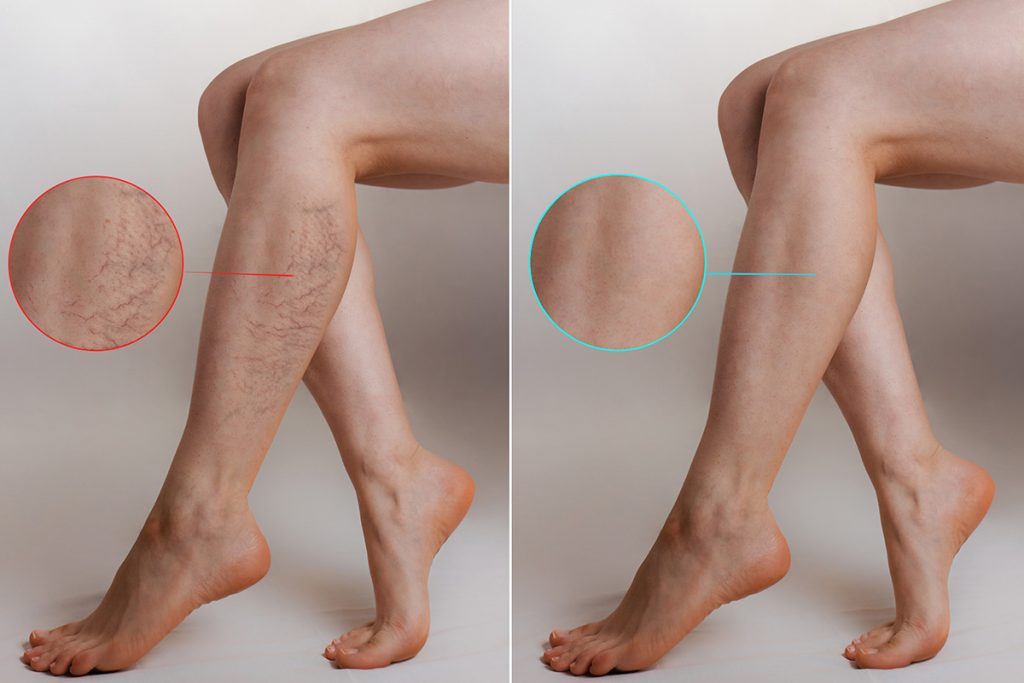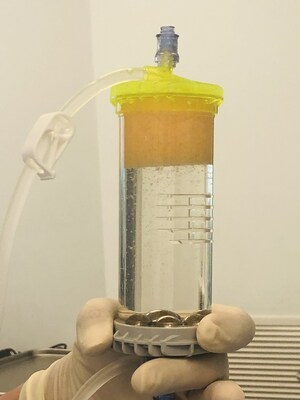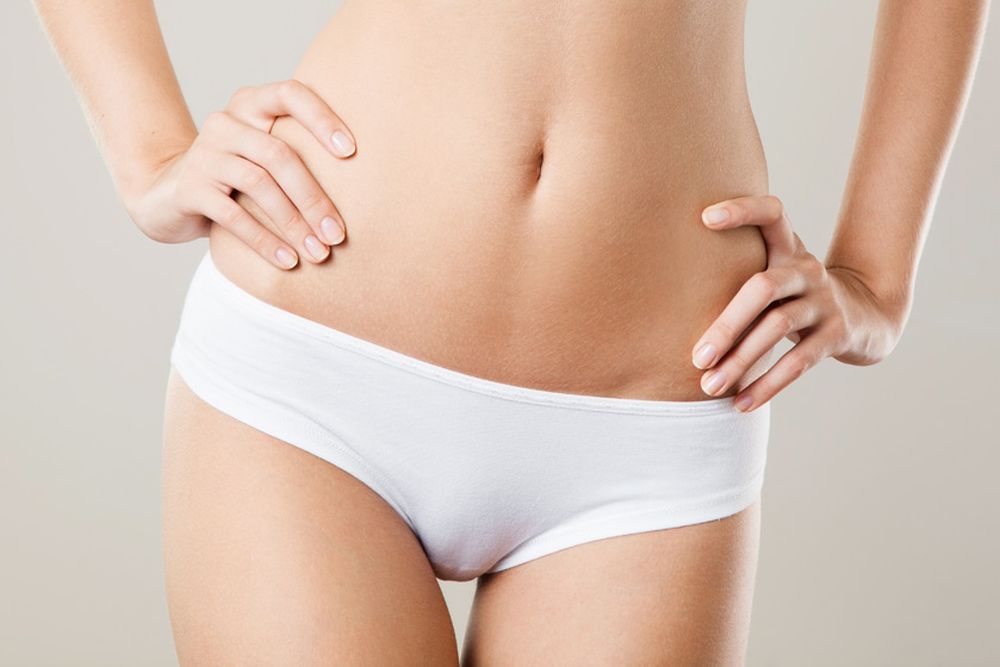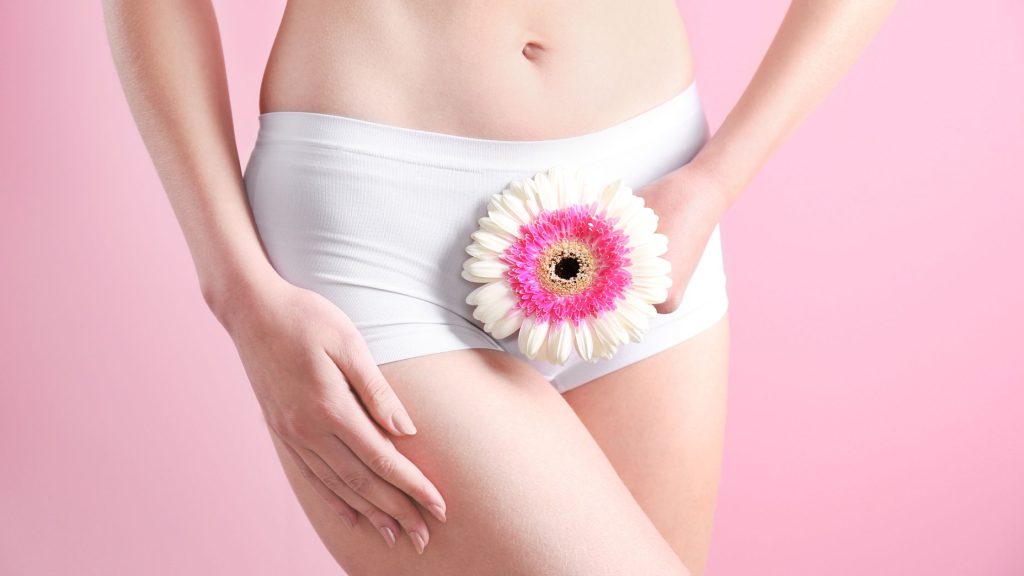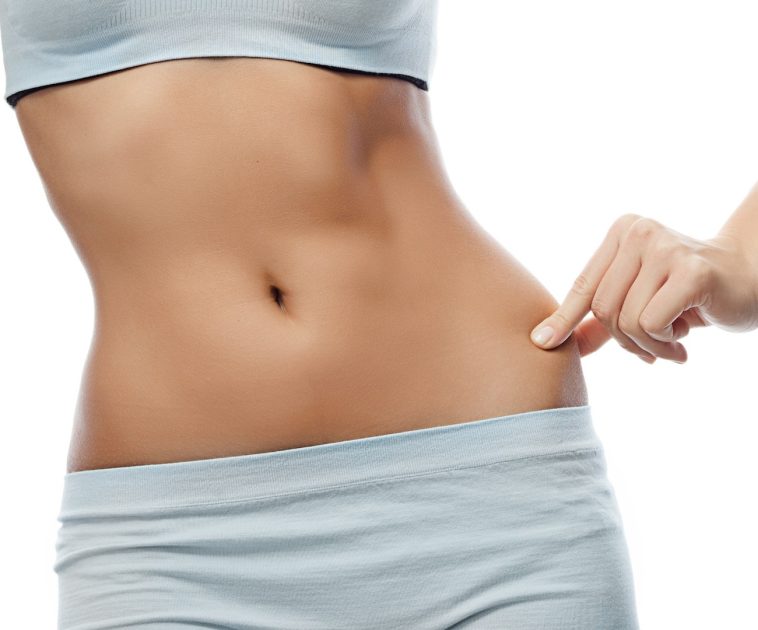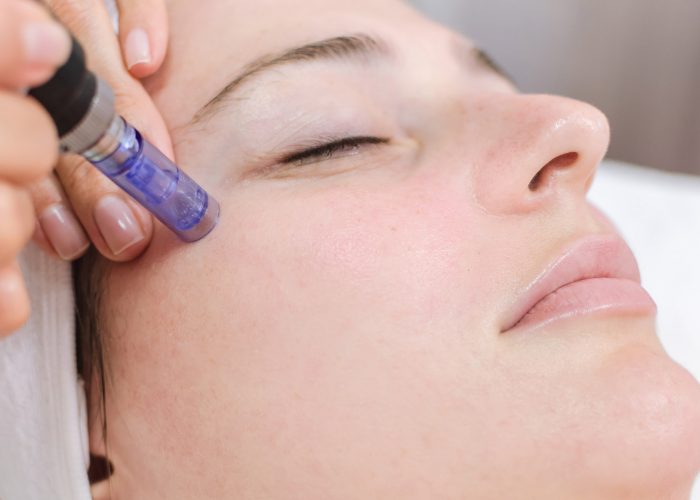Key Takeaways
-
By combining liposuction with non-surgical fat reduction, you can achieve the most comprehensive body contouring results possible.
-
Liposuction works best to remove those deep, larger deposits of fat. Non-surgical treatments work best on smaller or more superficial fat layers and work by tightening the skin.
-
Either way, there are a lot of American patients who are reaping the benefits of a dual-action approach. They use surgery to “debulk” and non-surgical options to refine and smooth out contours.
-
Recovery times and costs do vary greatly. That’s why it’s so important to do the procedure in conjunction with an experienced, board-certified provider who can plan expertly and create realistic expectations.
-
Popular non-surgical combinations are with CoolSculpting for treating areas of stubborn fat, with radiofrequency for skin tightening, and with ultrasound for treating precision areas. These treatments can all be used to enhance liposuction results.
-
The key is in individualized treatment plans. Clear discussion with your provider will help keep your goals, health, and lifestyle at the forefront for the best, most natural-looking results.
For some, combining liposuction with non-surgical fat reduction just makes sense. They’re able to get a more appealing body contour and quicker results than by using either treatment on its own. Thousands in Los Angeles are using either one or both methods to get rid of localized pockets of fat, such as in the stomach, hips, and thighs.
With liposuction, fat is removed using a small incision. By contrast, non-surgical treatments such as CoolSculpting or SculpSure apply cold or heat to reduce the size of fat cells without surgery. Both options are most effective for healthy adults near their target weight who wish to shape their appearance.
Understanding how the two can complement each other goes a long way in choosing the safest, most effective treatment plan. The full body will demystify the advantages, hazards, and situations in which combining them is worth it.
Liposuction vs. Non-Surgical: Key Differences
When thinking about body contouring in Los Angeles, it helps to weigh the differences between liposuction and non-surgical fat reduction. Both procedures help you get rid of stubborn fat, but the method of achieving and what you will experience varies significantly between the two.
Liposuction: The Surgical Solution
Liposuction is an invasive surgical procedure. Surgeons create tiny incisions and insert a small tube-like cannula to remove excess fat. This method is ideal for larger areas of fat, such as the abdomen, thighs, or back.
Because it’s a surgery, you’ll need anesthesia, which increases risk. Bruising, swelling, and soreness are common side effects, and recovery may take as long as six weeks. Typically, your results will be apparent as soon as the swelling goes down, but you’ll see your final shape after around six months.
Liposuction provides a more dramatic, immediate transformation than nearly all non-surgical alternatives, particularly for individuals with specific goals in mind.
Non-Surgical: Modern Alternatives
Non-surgical fat loss alternatives—such as CoolSculpting (cryolipolysis or fat freezing) or SculpSure (laser-based fat melting)—leave the liposuction knife at home. These non-invasive approaches melt fat away using focused energy to destroy fat cells while avoiding incision.
Similarly, we have patients who return to work or run errands immediately afterwards. There are minimal risks involved, and you will not require pain medication or stitches. Each treatment removes 25% of fat in the target area, and multiple treatments will be required for optimal outcomes.
Changes go into effect gradually, with the most noticeable results appearing after 2 to 12 weeks.
How They Target Fat Differently
Liposuction requires multiple treatments and uses a different approach to remove fat. Non-surgical methods destroy fat cells, which the body gradually removes over the course of several weeks.
Here’s a simple look:
|
Method |
Invasiveness |
Recovery Time |
Result Speed |
Ideal For |
|---|---|---|---|---|
|
Liposuction |
Surgical |
Up to 6 weeks |
Faster, dramatic |
Large fat deposits |
|
Non-Surgical |
Non-invasive |
Days to none |
Gradual |
Small, stubborn areas |
My Thoughts: One Isn’t Always Enough
One isn’t always enough. Surgical and non-surgical approaches can work in tandem to create defined contours.
Additionally, they can smooth out the outline of smaller bulges, providing a more customized solution for your individualized body goals.
Why Combine? The Synergistic Approach
Patients and providers in metropolitan areas, both in the U.S. Abroad, are rapidly combining liposuction and non-invasive fat reduction. This is a trend that’s really catching on! This synergistic, dual approach enables the best of both treatments’ capabilities, resulting in superior outcomes compared to either treatment option used alone.
This technique is more than just removing fat or tightening skin. It’s truly a one-stop-shop for all body contouring needs! By focusing on several tissue layers, each therapy provides distinct advantages. Thus, patients tend to leave with a more sculpted, natural appearance with less downtime and greater satisfaction.
Each of the next sections explains how this synergy plays out. Here’s why they think it’s a smart move for those who want to achieve deeper, more sophisticated results.

1. Sculpt and Smooth: A Dual Action
Liposuction is most well known for its sculpting power in its ability to remove larger, deeper fat pockets quickly and more precisely. It works well to contour resistant spots such as the abdomen, inner thighs, or love handles. However, liposuction alone will not always result in smooth or tight skin.
This is particularly the case in individuals with excess skin or decreased skin elasticity. This is where non-surgical—radiofrequency, ultrasound, or laser—skin tightening treatments enter the picture. Whether they are heating or stimulating the outer dermal layers of skin, these stem cell technologies allow for the skin to repair itself.
This allows it to contour and smooth post-fat removal. This leaves behind a smoother, more homogenous surface and appearance. Receiving fat removal and skin tightening results all under one treatment plan can improve overall confidence and self-improvement.
Like many of their compatriots in Los Angeles and other U.S. Cities, these patients are learning to appreciate this dual-action approach. It indeed both sculpts the body and smooths the appearance and texture of the skin. It’s well worth discussing with your provider what plan can best serve both these needs for the optimal result.
2. Debulk Then Refine: Strategic Fat Loss
We find that a two-step plan is usually the best approach for people with more considerable deposits of fat. For one, liposuction does the heavy lifting of the “debulking” by sucking out a huge amount of fat. Post recovery, non-invasive methods are used to further finesse the area—smoothing, tightening, and touch-up work is often required.
This approach promotes a more toned and chiseled look, particularly for individuals who desire ultra HD outcomes. Sequencing the treatments is really important. In addition, providers can strategically time the procedure so that the healing phase from liposuction naturally transitions into the non-surgical treatments.
On the federal level, this could translate to fewer appointments overall and more efficient batching. It’s really a perfect solution for results-oriented, time-starved people.
3. Tackling Skin Laxity Together
An often overlooked, but very common concern post fat removal is loose/sagging skin. This can become exacerbated with liposuction, particularly in older patients or patients with decreased skin elasticity. That’s where non-surgical skin tightening comes in.
It relies on controlled heat or energy to stimulate the body’s natural collagen production and restore the skin’s ability to “snap back.” By combining these approaches, patients are able to treat both fat and skin laxity simultaneously. If loose skin post-op is a concern for you, pair your surgical treatment with a non-invasive option.
This strategy minimizes the risk and provides you a more youthful, energetic, sculpted outline. As an example, a patient in their 50s would see much better outcomes from arm liposuction. When you add a radiofrequency session, it’s a game changer with skin tightening built right in!
4. Maximizing Your Contouring Results
When both treatments are used together, you can treat the deep fat, superficial fat, and skin in one swoop. This layered approach frequently does, and in turn, provides more thorough and satisfying outcomes than addressing only the top layer. Research indicates that over one-third of individuals achieve better results using a synergistic approach.
In reality, when we combine liposuction with something non-invasive and make the most of both, patients end up 80-90% satisfied on average. Some examples of this might be combining abdominal liposuction with laser skin tightening, or doing CoolSculpting after liposuction to remove small areas of stubborn fat.
Regular progress tracking with photos and measurements to see what’s working and what needs adjustment will keep the plan heading in the right direction.
5. My View: When Two Are Better
From both a provider’s and patient’s perspective, the synergistic approach of combining liposuction with non-surgical options usually produces the most gratifying outcomes. Consumers love the idea of one, overall, comprehensive plan that addresses all three problems—fat, skin, and shape.
Not only can this approach create a more harmonious and organic appearance, it also prevents the often “incomplete” look that can come with one treatment. Being open with your provider about the possibility of combining treatments can open up a world of new possibilities and help you develop realistic expectations.
Patients that go this route are usually very satisfied that they received better quality for their dollar. It can eliminate unnecessary follow-up visits and accelerate healing time!
6. Addressing Different Fat Layers
Liposuction is effective at addressing these deeper fat layers, but non-invasive treatments such as lasers and/or ultrasound are designed to address these more superficial layers. Addressing either one results in less consistent results, particularly for regions where fat resides at varying depths.
An individualized approach driven by each person’s unique anatomy produces superior outcomes. For instance, a patient may require liposuction on the tummy, but non-invasive body contouring on the sides or back. This type of patient-centered, collaborative care plan is a hallmark of big, vibrant cities with diverse populations where patients demand individualized solutions.
7. Customizing Your Transformation
After all, no two bodies are alike. Custom-crafted transformation plans are the only way to achieve practical, transformational and sustainable outcomes. Through the synergistic approach of combining treatments, providers are able to better customize treatments to their patients’ unique needs and goals.
In your consultations, be upfront about your goals! Whether your goal is a flatter stomach, firmer thighs, or toned arms, this discussion lays the groundwork for a successful outcome. This flexibility allows your transformation to be customized to you, rather than a “cookie-cutter”, “one-size-fits-all” approach.
Real Benefits of Combining Treatments
It’s far more than following a trend to combine liposuction with non-surgical fat reduction. For millions in Los Angeles and cities across America, this approach is the best way to get them the safer, lasting results they deserve. It removes the burden of extended recovery time or multiple trips to the office.
These complementary techniques allow clients to focus on overall areas of fat and sculpt smaller, bulge-prone areas in a single treatment process. This results in you getting a much more even appearance. You take less time to recover, and you usually have a much better chance at achieving those aesthetic targets.
Superior Fat Reduction Overall
When liposuction and non-surgical fat reduction join forces, the real benefits are impressive. Liposuction removes larger areas of fat quickly and effectively. Non-invasive procedures, such as CoolSculpting or SculpSure, are used afterward to refine stubborn areas that don’t always react to surgery-only treatment.
For instance, an individual may have liposuction done to remove fat from the abdomen and love handles. Afterwards, they might decide to pursue non-invasive procedures to the submental area or upper arms. This all-encompassing approach targets fat better overall and results in increased satisfaction.
Enhanced Body Shaping Potential
Combining treatments can better sculpt, define and tone the body in ways a single treatment just can’t. Once liposuction has done its part, these non-surgical methods can do the finishing touches—smoothing lumps, defining lines, or tightening loose skin.
Many patients report that this combination provides them the sculpted appearance they desire sooner and with less frequent touch-ups.
Addressing Complex Concerns
With a multimodal approach, individuals could target fat and curb chronic disease. In addition to sagging or loose skin, treatments can improve larger areas with uneven skin texture.
It’s no surprise, then, that so many patients in LA are taking this route to cover multiple issues in one treatment. This strategy translates into fewer trips and more convenience.
My Experience: Seeing the Difference
Those who have experienced the two often see tangible benefits. In fact, one client reported that her midsection felt much flatter and smoother after combining the two treatments.
These experiences help to create a narrative that others can more easily imagine.
Potentially Shorter “Total” Downtime (Strategically)
When treatment is coordinated properly, the “total” downtime can be reduced. With overlapping healing, patients are returned to their daily activities much quicker.
There’s a bonus savings, too—20-30%—because there’s only one round of anesthesia and fewer separate appointments.
Important Considerations and Trade-offs
Deciding to combine liposuction with non-surgical fat reduction isn’t cookie-cutter solution. It opens a whole new list of considerations to trade-off—from expense and pay-back, to foresight and visioning. Knowing these trade-offs better equips individuals to make the most informed choices possible alongside their providers.
This understanding lays the groundwork for success, ensuring the biggest and best results possible.
Understanding the Investment
Together, these treatments are less expensive in the long run. So in Los Angeles, we can’t keep up with the demand for body contouring. Here’s the kicker, though—some clinics counter this by providing bundled pricing for several procedures!
Research indicates as much as a 30% savings in costs when booking the two together, versus doing so in separate sessions. We know the upfront cost is greater. That’s a savvy thing to do—consider the value over the long-term and stack it up against what you can afford!
Consider if the potential savings and outcomes would justify the larger up-front investment.
Navigating Recovery Times
Recovery is not an equal experience. Liposuction without the tummy tuck would still have you out of work from 3 to 7 days or more. Non-surgical alternatives usually come with a much shorter recovery period.
When done concurrently, recovery times are extended. You may need to miss your high impact workouts for six weeks or more! Swelling and bruising are very normal, often peaking about two days post-op so don’t be alarmed.
Since smoking is known to delay healing, cessation prior to and following surgery should be required.
The Need for Expert Planning
Great planning and creative design by an experienced team can go a long way. When you engage with knowledgeable providers, they will be able to plan your treatments around your body and your goals.
It’s important to be inquisitive and ensure that you are fully aware of the procedure, its risks, and post-care.
Setting Realistic Expectations
Assumption 4: Results will happen overnight. In most cases, fat reduction changes become noticeable only after several months, occasionally as early as three months.
Setting realistic expectations from the start will not only prevent your audience from feeling disappointed, but it will help foster trust.
Potential for Increased Initial Discomfort
Combining treatments has the potential to increase initial discomfort substantially. Swelling and pain can sometimes take some time to go away, which is why it’s important to stick to your provider’s pain management strategy for optimal recovery.
Are You a Good Candidate?
Deciding whether or not to pair liposuction with non-surgical fat reduction is a highly personal choice. The right candidate fits a specific profile and knows the pros and cons of every treatment. This section explains the most important determinants that come into play when determining whether or not these combined procedures are appropriate.
Health and Lifestyle Factors
Optimal health and sensible lifestyle choices go a long way for anyone considering these procedures. Similarly, most providers look for adults aged 18+. They like to see people who are in good condition, with a consistent weight maintained for at least six months.
Individuals with a body mass index (BMI) of no greater than 30% above their ideal weight typically qualify. Conditions such as diabetes, heart conditions, and poor wound healing add to the mix. Which is why a thorough health check is so important!
If you smoke, this is an important issue, as the habit can impede your healing process. Staying off it for at least several weeks leading up to and following surgery speeds recovery. Maintaining a healthy lifestyle prior to any procedure will create optimal conditions for achieving successful long-term outcomes.
Your Specific Body Goals
Being clear on your goals is an important first step. Perhaps you’re hoping to focus on some of that stubborn belly fat or tone the skin around your arms. Specific goals allow your provider to choose the best combination of procedures.
Discussing your desires and fears in a consult helps to create a tailored plan. Participate fully, and make your opinion the one that moves them to action!
Commitment to the Process
Real change requires time and commitment. You have to be really committed to the process, follow all of the prep and aftercare extremely closely. Aspects like healing, check-ins, and occasionally multiple sessions can be necessary.
Being prepared for an intensive process—mentally and physically—will make for a stronger process and better results.
My Advice: A Personal Assessment
Consider your motivations for seeking these therapies. Or, are you doing it for you? This is where self-reflection becomes important. Taking the time to get advice from a trusted pro will leave you with a plan tailored to your needs and budgetary constraints.
Understanding Limitations of Each
While liposuction does remove fat, it is not intended for large weight loss. These non-surgical tools help tighten skin or shrink small areas of fat, but they are not a substitute for surgery.
Understanding the limitations of each allows practitioners to set appropriate expectations and targets. Open and honest conversations with your care team are critically important.
Popular Non-Surgical Pairings
The average consumer in LA is savvy and prefers natural looking results that last. Today, pairing liposuction with non-surgical treatments is one of the most popular combinations to achieve that goal. Patients and physicians alike have discovered that when both techniques are employed, more dramatic sculpting can be achieved than with either technique alone.
These targeted combos take care of diverse needs, cut costs and even reduce recovery time. Finding the perfect combination enables patients to achieve results that are smoother, tighter and more balanced.
Fat Freezing Post-Lipo
Fat Freezing Post-Lipo CoolSculpting is a nonsurgical fat freezing treatment that pairs well after lipo. Even if liposuction gets most of your fat, CoolSculpting can take care of some of the smaller stubborn areas. This non-invasive technique freezes and destroys fat cells, which the body then naturally eliminates over time.
For areas such as the banana roll or upper arms, CoolSculpting is an excellent post-lipo treatment. While everyone’s results will vary, some people do experience a 25 percent fat reduction with each session. By combining both treatments, you can better sculpt stubborn problem areas and improve satisfaction with the overall aesthetic.
Radiofrequency for Skin Tightening
Radiofrequency (RF) treatments have become a popular way to tighten loose skin left behind after the fat removal of liposuction. These non-surgical, in-office treatments use energy to heat tissue to stimulate collagen production, tightening and smoothing skin.
In LA, RF is the go-to treatment for most clinics as patients are seeking that young appearance without any downtime. Pairing RF with lipo takes care of the underlying cause of sagging skin while RF lipo provides a more toned, contoured shape plus added skin texture. It makes skin feel better, and that’s another reason it helps people maintain their results longer.
Ultrasound for Precision Areas
Ultrasound treatments are used on challenging, precision areas following liposuction. These non-invasive treatments utilize ultrasound technology to melt away residual fat and smooth out skin for a tighter appearance.
They are remarkably soft and suitable for very precision areas, such as around the knee or on the chin. Patients seeking highly defined results usually opt for ultrasound-assisted liposuction after lipo to achieve definition.
My Insight: Choosing the Right Combo
Choosing the right combo Picking the best non-surgical pairing really comes down to individual goals and needs. A consultation with an experienced provider is key to ensuring the right treatments are paired together.
Some will supplement with fillers such as Sculptra to create volume or even utilize laser skin tightening. Together treatments usually result in greater patient satisfaction and greater cost savings.
Your Combined Treatment Roadmap
Combining liposuction with non-surgical fat reduction provides Los Angeles residents with more options to achieve their ideal body shape. It’s more than just choosing the right treatments. It’s creating a comprehensive roadmap that works for your unique needs, skin type, and lifestyle.
Having a combined treatment roadmap will take you from good intentions to action—saving you time and money while helping you achieve smart goals and deliver enduring outcomes.
The Crucial Consultation Phase
Consultations set the stage. Here, you and your provider talk through your goals, concerns, and medical history. This is where you find out if adding non-surgical options, like CoolSculpting or RF treatments, makes sense with liposuction.
Providers check your skin quality and discuss how your skin’s color or vessel depth might affect healing. Bring your questions—this is the time to be open and honest so everyone’s on the same page.
Timing and Sequencing Procedures
Timing is critical. Some people have liposuction and return for procedures like skin tightening lasers or fat transfer. This sort of prescribed can accelerate recovery and reduce downtime.
Having a clear plan for every step with your provider prevents overlapping recovery times and creates a much more convenient process.
What to Expect During Recovery
You can expect some swelling for a week or two, but most people return to work in a matter of days. Most non-surgical treatments take several weeks to months for optimal results to be seen.
When you know what to expect, setting realistic timelines prepares you to be the most patient.
Maintaining Your New Shape
A nutritious diet and regular exercise, along with sun safety, are key to maintaining your new breasts. These changes take root more firmly when you start preparing for them in advance.
The Provider’s Role in Success
The more skilled the provider, the more successful the outcome. Their experience can further inform your roadmap and help you customize treatments even further to achieve your specific goals.
Make sure you shop around, and always look for someone who has a proven track record providing combined treatments.
My Unique Take: Beyond Standard Advice
It’s not as simple as doing liposuction and non-surgical fat reduction treatments and just doubling up on treatments. It’s not about “one size fits all.
It’s about aligning tactics with each individual’s body objectives, wellness, and timeframe. With many in Los Angeles hoping for quick, visible transformation and reduced work stoppage time, streamlining processes to combine efforts is key.
Others may see more significant improvements when the two surgeries are performed in tandem. According to a recently published study in the Aesthetic Surgery Journal, these patients experience greater satisfaction.
This translates to one round of anesthesia—reducing costs and increasing recovery speed. Since most people return to work and normal life in just a week or two, this method easily adapts to busy schedules and lives.
The Art of Blending Techniques
It isn’t easy blending surgical and non-surgical techniques. No two bodies are the same, so providers need to consider skin type, fat distribution, and time for healing.
With a custom plan, the outcome appears seamless and organic—not contrived. It requires collaboration—great providers will hear you out and partner with you to develop the right approach.
Why Provider Skill is Paramount
In layman’s terms, not all doctors are equally skilled. The skilled provider understands how to combine both approaches safely.
When they are skilled, their background can reduce risks and produce better outcomes. Potential patients in LA should take the time to research credentials and read reviews before choosing an aesthetic provider.
Listening to Your Body’s Signals
Listening to your body’s signals is crucial. Recovery is different for everyone. When in doubt, it’s always a good idea to listen to your body—pain, swelling, and slow healing are all red flags to communicate with your physician.
Early intervention can prevent miscommunication from derailing the healing process.
Future of Combined Body Contouring
Every year, newer concepts and technologies in body contouring emerge, promising quicker recovery time and more precise results.
Keeping close tabs on trends positions you to select the most promising new alternatives.
Avoiding the “Overdone” Look
Sometimes less really does equal more. Natural transitions hold up longer and are more aesthetically pleasing.
An honest approach makes sure that outcomes are never obvious—always unnatural looking.
Conclusion
Weaving together surgical and non-surgical approaches to fat reduction provides patients in Los Angeles with an opportunity to achieve more dramatic outcomes. Both approaches have their advantages. Liposuction norms sculpt quickly, hollowing out unwanted fat in a single treatment. Non-surgical options create a more even appearance with some spots and improve skin tightness. Combined, these moves can make room for just about everything. Some patients are looking for a dramatic transformation, while others may be looking for something more modest—a little pick-me-up. Not every plan is right for every person. Health, cosmetic goals, and budget considerations are all important. Local physicians are steeped in this knowledge and can begin to chart the course. Interested to learn more about which option would work best to achieve your goals? Reserve a one-on-one conversation with a Smart Growth America expert and get your specific questions answered. Don’t plan based on assumptions. Start your plan based on data, not assumptions.
Frequently Asked Questions
Can I combine liposuction and non-surgical fat reduction in Los Angeles?
Yes. Most clinics in Los Angeles will perform combined treatments. This combined plan allows us to remove the most stubborn fat with liposuction, then use non-surgical fat reduction alternatives, such as CoolSculpting or SculpSure, to refine the results.
What are the main benefits of combining both treatments?
Combining both treatments can deliver more precise contouring, address multiple areas, and speed up visible results compared to using only one method.
Is recovery time shorter with combined treatments?
Is recovery time shorter with combined treatments? With non-surgical options requiring minimal downtime, recovery time is shorter than it would be with just performing the extra surgeries on their own.
Who should consider combining these treatments?
Who should consider combining these treatments. Getting the right guidance from a board-certified provider in LA during an in-person consultation is key.
Are these combinations safe?
Yes, when performed by experienced, board-certified providers. Combining treatments is common and generally safe, but each person’s suitability should be evaluated individually.
What non-surgical treatments pair best with liposuction?
CoolSculpting, SculpSure, and radiofrequency skin tightening are all trendy options out here in Los Angeles. These complement lipo results and further help to sculpt your body.
Does insurance cover combining liposuction with non-surgical fat reduction?
No. Since both are cosmetic procedures, insurance won’t cover either. Talk to your area provider about insurance coverage, costs, and financing.







